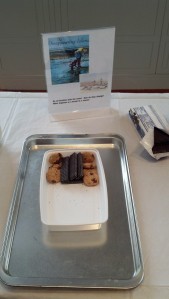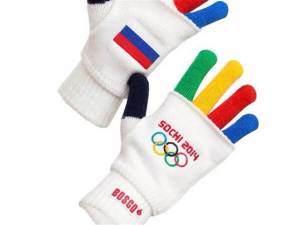It seems like Spring’s only just decided to stay, but at the museum we’re already looking towards the fall and the September opening of Branching Out, Trees as Art. I’ve been gleefully anticipating this show for a while now, and it’s finally getting close enough to start telling you about it!
As we’ve been investigating artists who work with assorted tree materials in surprising ways, I’ve come across some fun interdisciplinary ideas for exploring trees (especially twigs) in and out of the classroom. Here are a few of my favorites!
Science
Winter twig study – Indoor and outdoor ways to explore what trees are ‘up to’ in winter
Identifying parts of a tree (foldable) – A good way to practice scientific drawing and make an interactive vocabulary flashcard, from the Inspired Classroom blog.
A magnifying glass or dissecting scope will only get you so far, but check out these amazing photos of slivers of branches thin enough to distinguish the layers of cells:
Math
Twig math? Really? Yes, really. Check out this astonishing set of directions on how to make Skewer Hyperboloids – and then try it with twigs of the same approximate size!
Literature & Drama
Paeans to imagination are always a hit in my book, and Not a Stick is a great option for dramatic play as well. Round up a few helpers and one of the world’s simplest props to act out the scenes imagined in Not a Stick, then challenge your audience to do the same with some other every day material–blankets? Paper plates? Cardboard tubes? See what other suggestions they come up with for imaginative play.
Book buying options for Not a Stick by Antoinette Portis0
Pinterest collection for Not a Box/Not a Stick activities
Art

Twig or branch, individual or collaborative, painting can bring out natural bark patterns, and encourage close looking at details like knots and buds
A few weeks ago during the Mass Poetry Festival, we had a guest calligrapher, Elissa Barr, who demonstrated brushwork with a variety of natural materials as well as traditional ones. One of my favorites was using a pine twig with needles still on as a great variegated brush.




























